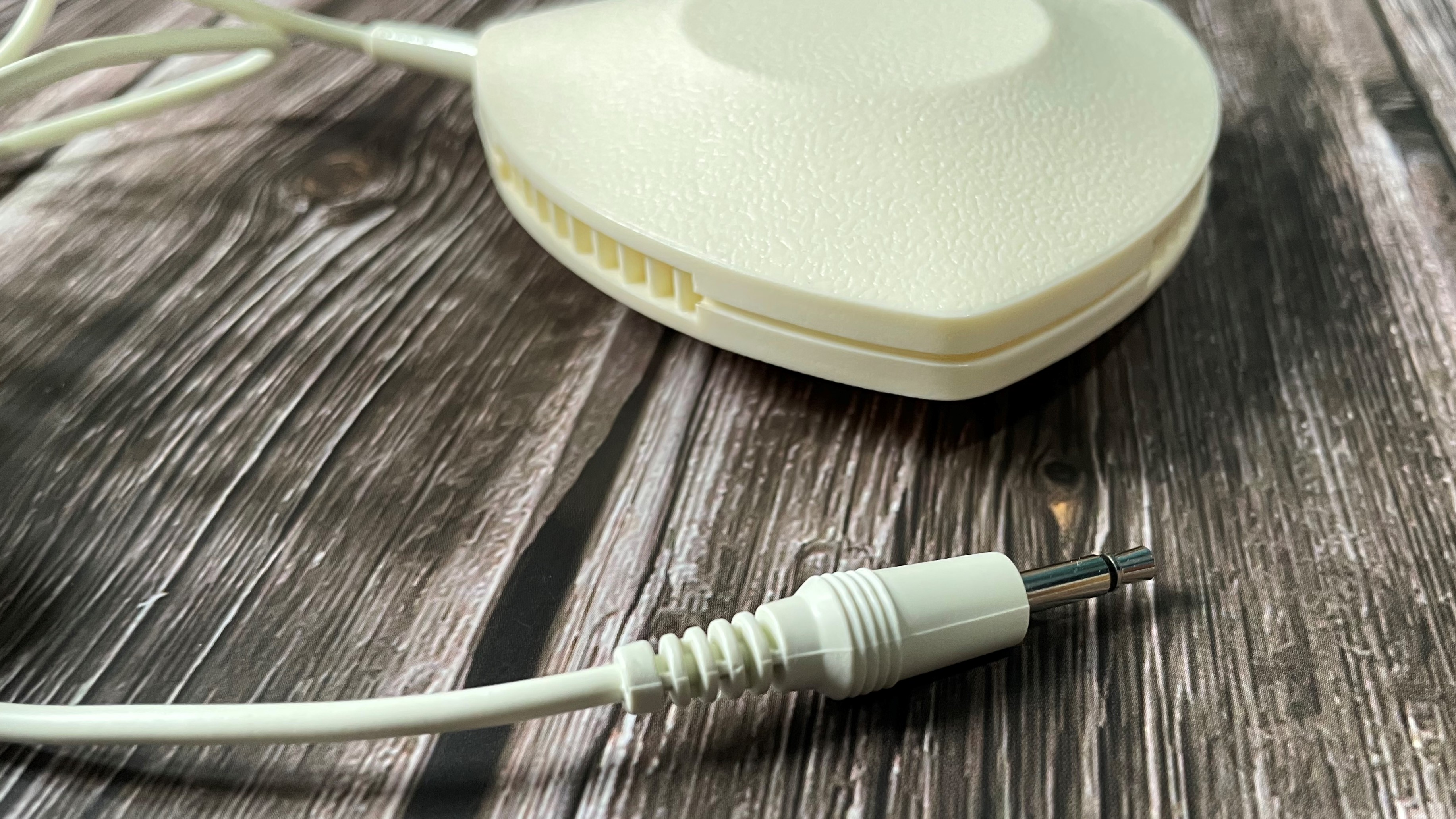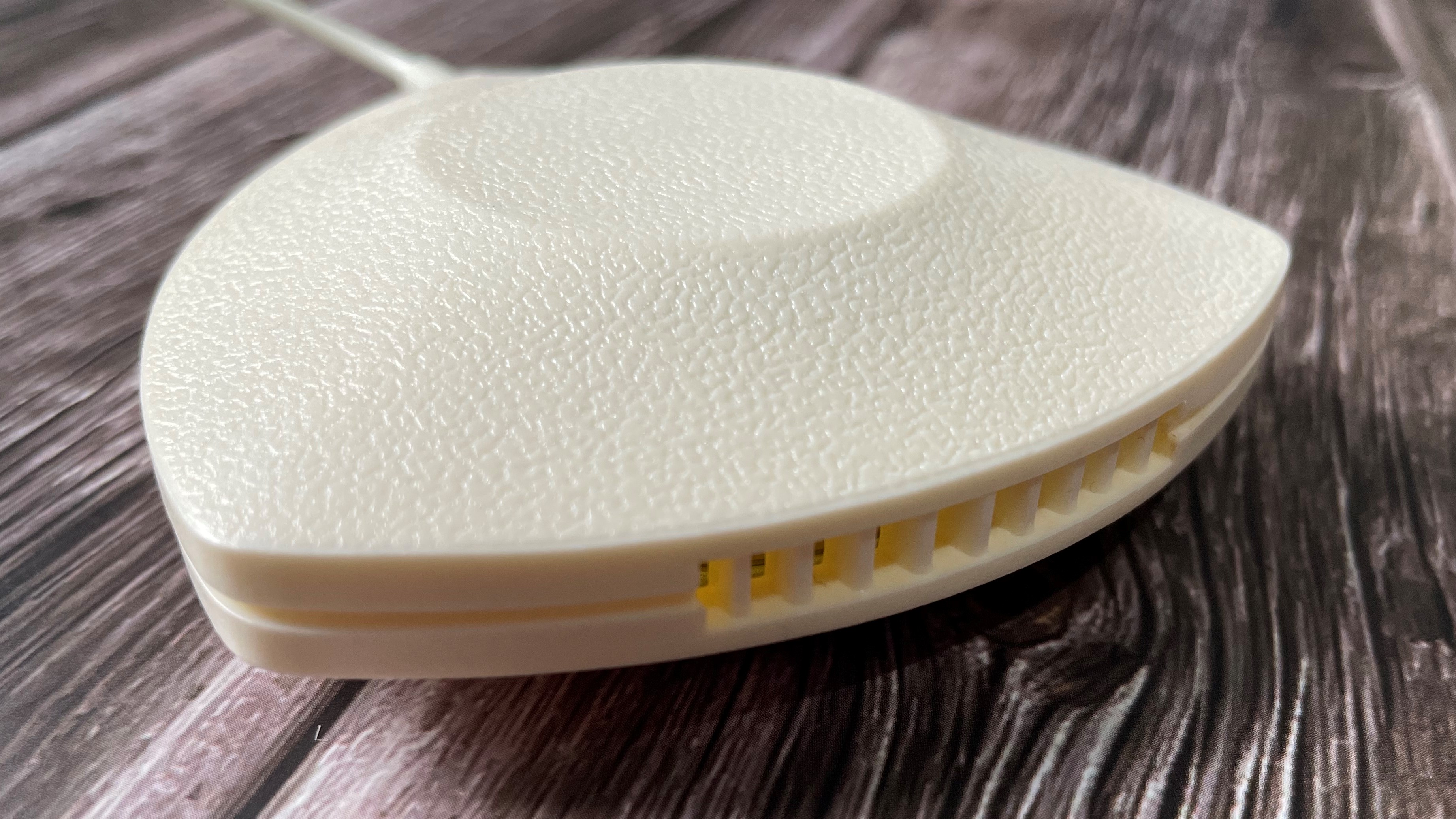You know the feeling – you really need a good night's sleep after a busy day, but your mind keep racing and for some reason you just can't settle down and switch off. It's something that's happened to me a lot over recent months, and I'm not alone; sleep problems have been common during the pandemic, even in people who don't have the virus.
One thing that often helps me drift off is some ambient ocean noise from the Rainy Mood app on my phone (with the seagull effects turned off), but playing it over my phone's speaker risks disturbing my husband, and sleeping with headphones is just plain uncomfortable.
There are alternatives, like the SleepPhones from AcousticSheep, which are essentially tiny speakers built into a soft headband, but wearing anything around your head at night takes some getting used to, and when you're already stressed, that's the last thing you need. I've discovered an alternative, though – something that's easy to use, impossible to feel at night, and cost less than my lunch.
The device in question is the SoundLAB Pillow Speaker – an unassuming little triangle of cream-colored plastic, reminiscent of PCs from the early 1990s. It set me back £4.21 on Amazon, and it's available in the US for $9.99. It arrived packaged in a plastic bag with no box, and has no branding on it whatsoever. Don't let its ugliness fool you, though – it's actually a great little bit of kit (and you won't see if when it's under your pillow).
Cheap and cheerful
First, it's worth noting that the SoundLAB connects to your phone, radio, or other audio device of choice using a 3.5mm headphone jack, which might be an issue if you have a handset more modern than my Fairphone 3. Thankfully, the speaker has a 65cm cable, which was more than enough to run from my bedside table to my pillow without any risk of pulling my phone onto the floor.
You might be wondering why I wouldn't just use a mini Bluetooth speaker instead and avoid the hassle. The answer is that lithium batteries don't appreciate being too warm, and could become dangerously hot tucked away under a couple of inches of hollowfiber. In a worst-case scenario, an overheated battery cell can rupture and create a chain effect called thermal runaway that ultimately leads to an explosion.
That's the cause of all the e-bike fires you might have seen in the news lately, and it's not something I want happening under my head. It might not happen, but I'm not willing to take the risk.
Under-pillow speakers are all rather ugly, and the textured plastic of the SoundLAB doesn't do it any favors aesthetically, but it's actually a sensible design choice. Unlike some other devices I've tried (and which I'll be reviewing soon as part of Sleep Awareness Week), it didn't slide around and shift out of position overnight.
Its weird flat shape means it's impossible to feel, but when you put your head down, you're able to hear whatever's playing on your phone (whether it's a lovely soundscape from Calm narrated by Harry Styles, a podcast, or your favorite downtempo music), and sound is emitted through grilles on the sides rather than on top, which stops the higher frequencies being smothered.

This isn't the very best sounding under-pillow speaker I've tested in recent weeks – that award goes to the superbly named Roberts Radio Pillow Talk – but the SoundLAB is a third of the price, and for my needs it's perfectly good. If you want to listen to audiobooks then you might prefer the more detailed sound of the Roberts model, but for everything else the SoundLAB is easy to recommend.
Now, when my mind refuses to settle down, I can just plug it in, fire up Rainy Mood, and enjoy the calming sounds of a simulated ocean without risking disturbing my husband. The fact that he doesn't make fun of me for wearing a silly-looking headband is also a bonus.
